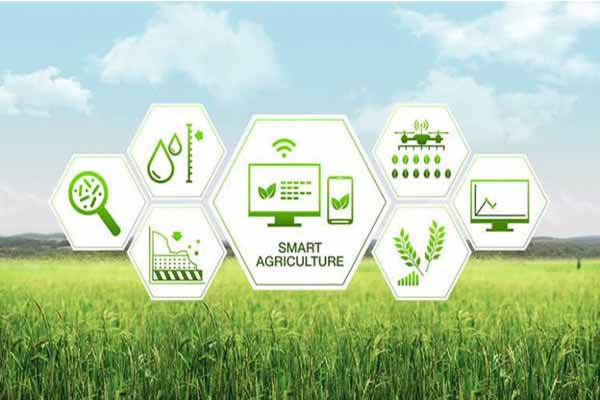The world is facing an ever-increasing population and a growing demand for food. This demand has put immense pressure on the agriculture industry, which has had to find ways to increase efficiency, reduce costs, and produce more food. One solution that is gaining traction is automation, which has the potential to transform the farming industry. Based on our experience in building Electric Autonomous Tractors, here are a few reasons why we believe automation is the future of the farming industry and the benefits it offers.
Automation has been transforming various industries across the world and the farming industry is no exception. In India, the agriculture sector is the backbone of the economy, employing more than 50% of the country’s workforce. With the introduction of self-driving tractors and other automation technologies, the future of the farming industry in India looks promising.
Self-driving tractors are a form of automation technology that is increasingly gaining popularity in the agriculture industry across the world. These tractors are equipped with various sensors, cameras, and GPS technology that allows them to operate autonomously. They can perform tasks such as ploughing, sowing, and harvesting with precision and accuracy, without the need for human intervention. The introduction of self-driving tractors and other autonomous solutions in India could have a significant impact on the agriculture sector, improving efficiency and productivity.
One of the main benefits of automation is increased efficiency. The tractors can work during the day as well as at night-time, without the need for human supervision. This means that tasks such as ploughing and planting can be completed faster, leading to higher productivity and increased crop yields. Moreover, self-driving tractors can also operate in difficult terrain or weather conditions that may be challenging for human operators.
Another advantage of self-driving tractors and other autonomous solutions is the ability to reduce labour costs. The agriculture sector in India heavily relies on manual labour, which can be expensive and cheaper labour options are not reliable. With the introduction of self-driving tractors, farmers can reduce their reliance on manual labour, making their operations more profitable and sustainable. Moreover, self-driving tractors can also help to address the issue of labour shortages, which are becoming increasingly common in India, especially in rural areas. Self-driving tractors can also improve the accuracy and precision of farming operations. These tractors are equipped with sensors and GPS technology that allows them to navigate fields and perform tasks with precision. They can apply fertilizers and pesticides more accurately, reducing the amount of chemicals that are needed.
The world is facing an ever-increasing population and a growing demand for food. This demand has put immense pressure on the agriculture industry, which has had to find ways to increase efficiency, reduce costs, and produce more food. One solution that is gaining traction is automation, which has the potential to transform the farming industry. Based on our experience in building Electric Autonomous Tractors, here are a few reasons why we believe automation is the future of the farming industry and the benefits it offers.
Automation has been transforming various industries across the world and the farming industry is no exception. In India, the agriculture sector is the backbone of the economy, employing more than 50% of the country’s workforce. With the introduction of self-driving tractors and other automation technologies, the future of the farming industry in India looks promising.
Self-driving tractors are a form of automation technology that is increasingly gaining popularity in the agriculture industry across the world. These tractors are equipped with various sensors, cameras, and GPS technology that allows them to operate autonomously. They can perform tasks such as ploughing, sowing, and harvesting with precision and accuracy, without the need for human intervention. The introduction of self-driving tractors and other autonomous solutions in India could have a significant impact on the agriculture sector, improving efficiency and productivity.
One of the main benefits of automation is increased efficiency. The tractors can work during the day as well as at night-time, without the need for human supervision. This means that tasks such as ploughing and planting can be completed faster, leading to higher productivity and increased crop yields. Moreover, self-driving tractors can also operate in difficult terrain or weather conditions that may be challenging for human operators.
Another advantage of self-driving tractors and other autonomous solutions is the ability to reduce labour costs. The agriculture sector in India heavily relies on manual labour, which can be expensive and cheaper labour options are not reliable. With the introduction of self-driving tractors, farmers can reduce their reliance on manual labour, making their operations more profitable and sustainable. Moreover, self-driving tractors can also help to address the issue of labour shortages, which are becoming increasingly common in India, especially in rural areas. Self-driving tractors can also improve the accuracy and precision of farming operations. These tractors are equipped with sensors and GPS technology that allows them to navigate fields and perform tasks with precision. They can apply fertilizers and pesticides more accurately, reducing the amount of chemicals that are needed.















